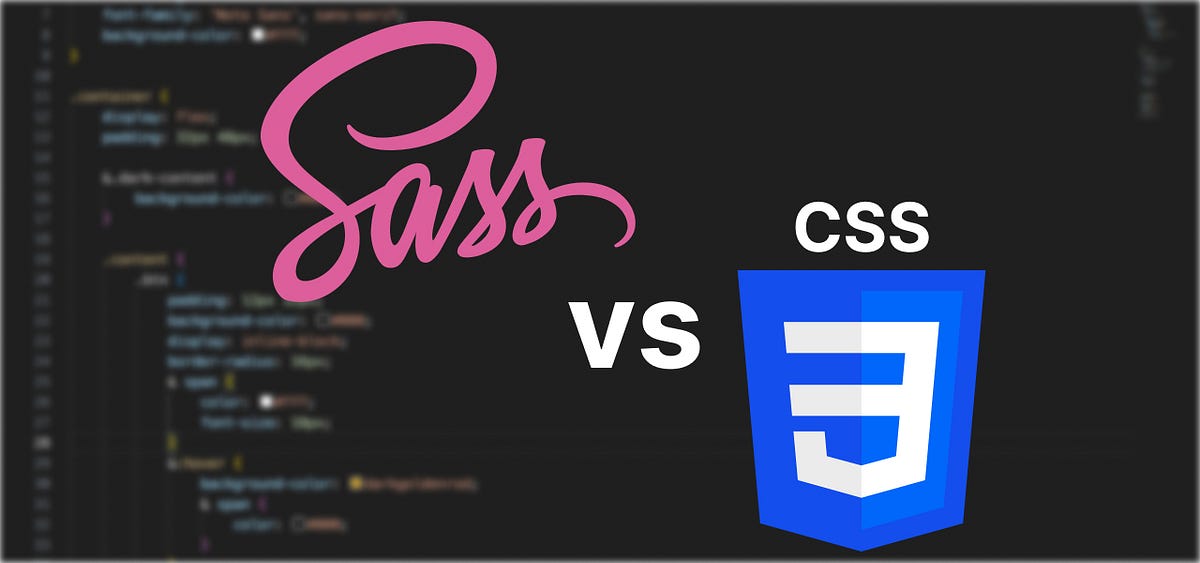Sassy McSassface

If you find yourself writing repetitive CSS or struggling to maintain large stylesheets, Sass can help. Sass (Syntactically Awesome Style Sheets) is a CSS preprocessor that extends the basic capabilities of regular CSS, streamlining your workflow and making code more manageable.
There are two main flavors of Sass syntax: the original indented "Sass" syntax, and SCSS. SCSS is the more popular choice as it looks just like regular CSS, making it easier to adopt. I'll keep the focus on SCSS to keep it simple
Variables are like reusable containers in SCSS. Let's say your website has a primary brand color. Instead of typing out the same color code repeatedly, you can define a variable: $brand-color: #FF6347;. Then, you simply use $brand-color in your CSS, making changes and updates much simpler.
Mixins let you create reusable chunks of CSS code. Think of them as style templates. For example, you might have a mixin to apply a nice-looking button style. Instead of rewriting button styles everywhere, mixins let you apply that consistent look with a single line of code.
While using Sass requires a little setup in your project, the benefits far outweigh the initial effort. Many tools and frameworks make Sass integration incredibly easy. With a bit of practice, you'll be writing faster, smarter, and more maintainable CSS.

